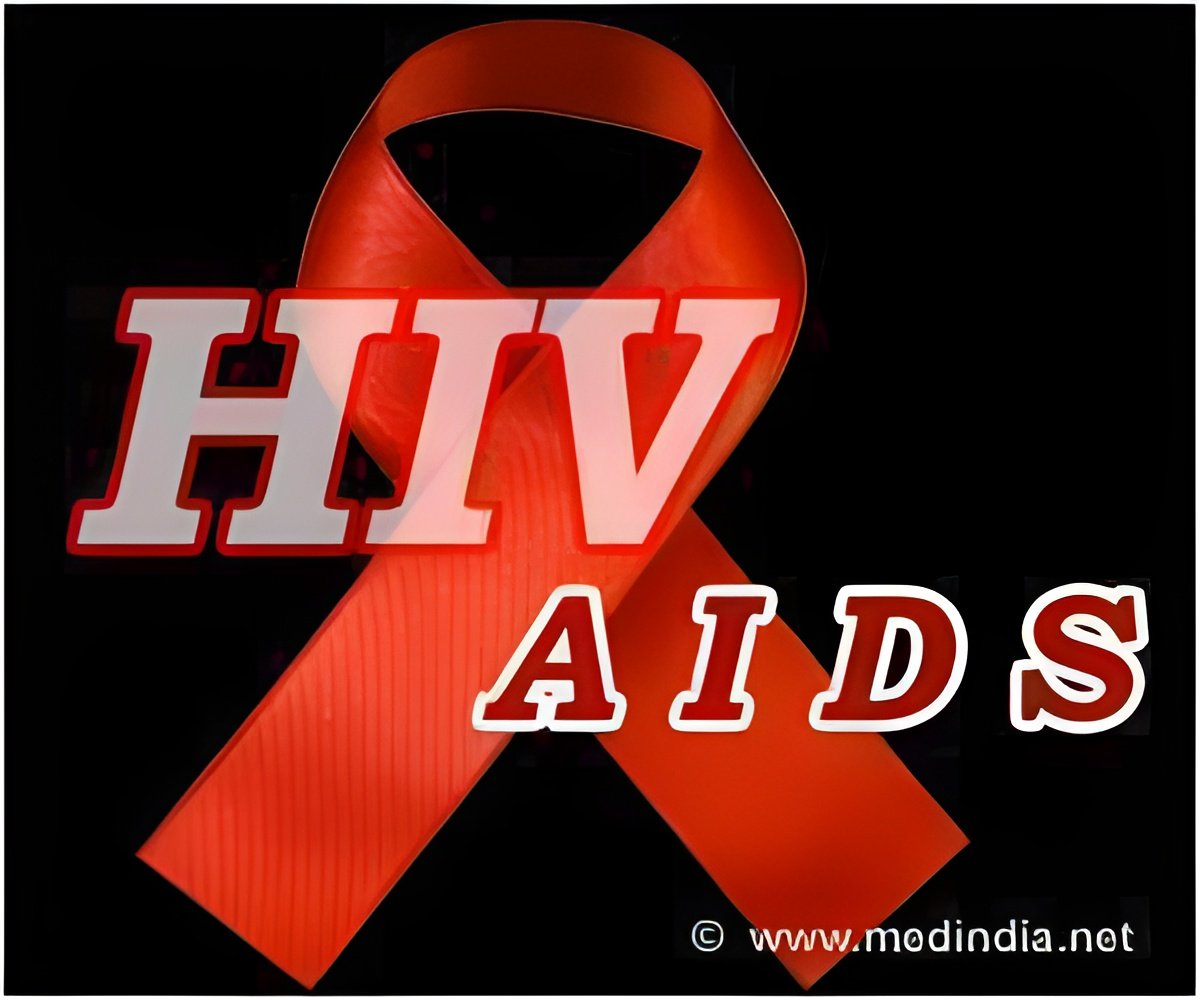Researchers have uncovered the molecular signals that guide the activation of latent HIV.

"Current treatments, which involve a complex cocktail of antiretroviral (ARV) medications, are fine-tuned to target and destroy active, replicating HIV—but they can't touch the latent virus," explained Dr. Greene, director of virology and immunology research at Gladstone and professor of medicine at the University of California, San Francisco, with which Gladstone is affiliated. "But most troublingly is that within weeks of stopping ARV treatment, the latent virus wakes up, and the cycle of replication and infection begins all over again."
What this means for patients is a lifetime of treatment with expensive ARVs. This is an unsustainable strategy in today's world, where more than two-thirds of those infected live in the developing world and have limited access to ARVs. And for every 10 people who do receive ARVs, 16 become newly infected.
Recently, researchers have championed the "shock-and-kill" strategy for combating HIV latency. This approach would activate the latent virus, and then bombard this newly active virus with ARVs. Precisely how to do so has been fraught with difficulty. But in this study, Dr. Greene and his team have identified a potential strategy.
In laboratory experiments using latent HIV introduced into CD4 cells from donors or cell culture, the research team tested a series of proteins believed to regulate activation and transcription of the virus. One such family of proteins, called NFAT, was previously shown to induce HIV transcription during the initial stages of infection. So the researchers tested whether it would also function in activating latent HIV.
"Surprisingly, NFAT didn't appear to play a central role so we went back to the drawing board, exploring other protein families we thought might be involved," said Gladstone Postdoctoral Fellow Jonathan Chan, PhD, the paper's lead author. "Interestingly, we observed that members of the NF-κB protein family appeared to act as a molecular alarm clock, rousing latent HIV and spurring viral replication."
"When we stimulated the calcium/calcineurin pathway in the presence of low levels of prostratin, we in turn boosted prostratin's effectiveness," explained Dr. Chan. "These findings, while preliminary, hold promise that we could develop a way to purge the latent HIV reservoir with even suboptimal levels of prostratin."
Source-Eurekalert
 MEDINDIA
MEDINDIA




 Email
Email









